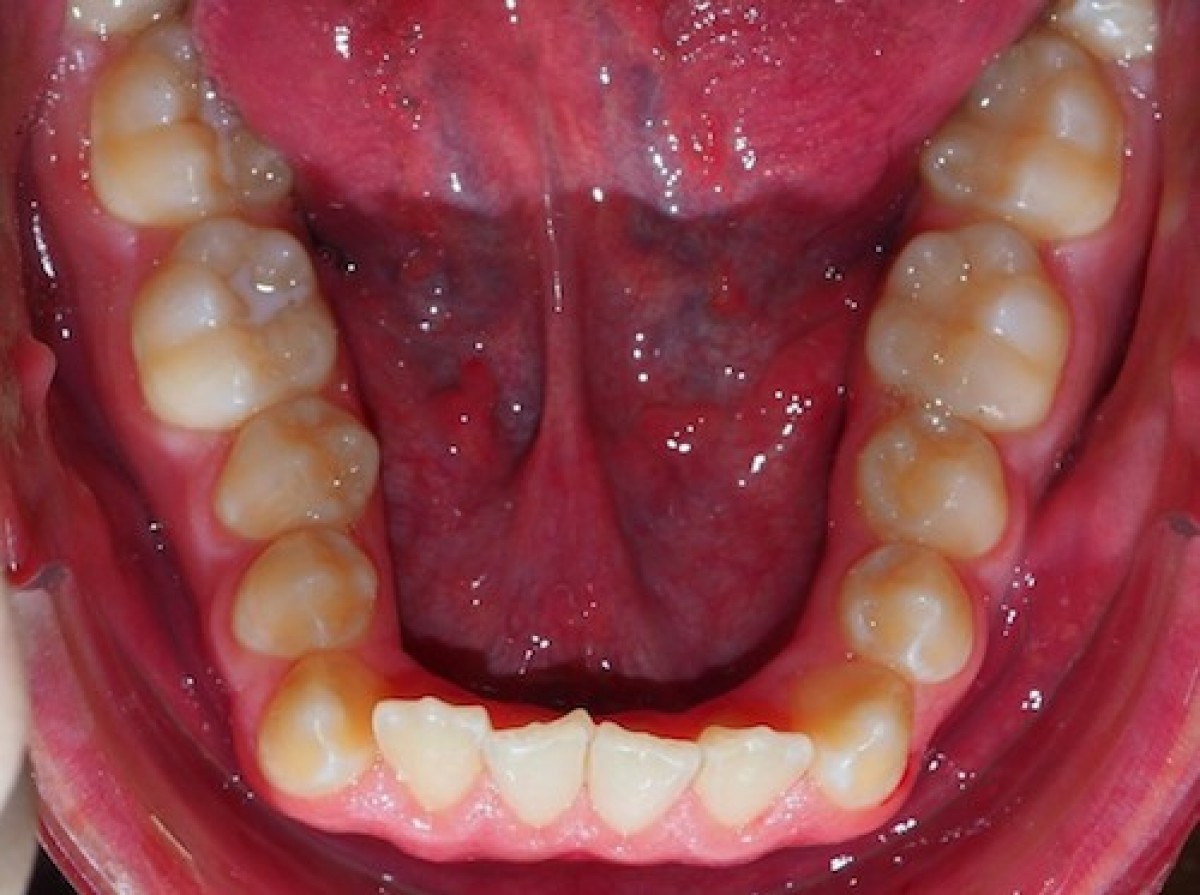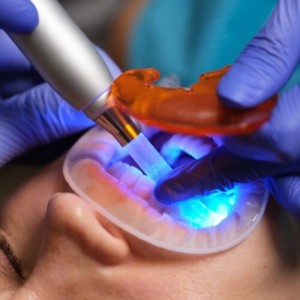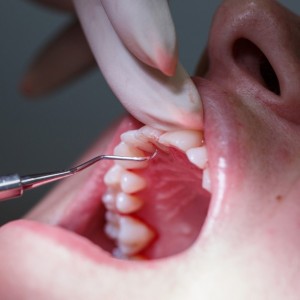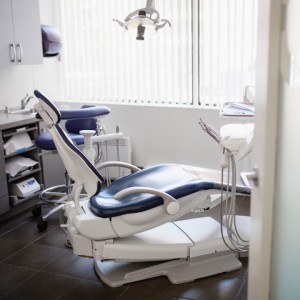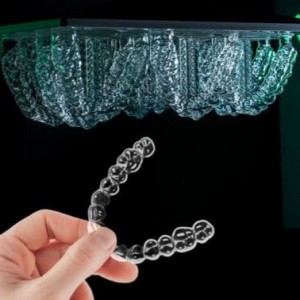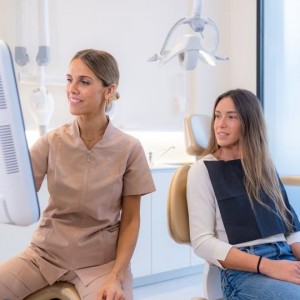
Archwire selection in the orthodontic treatment: should we go digital?
Davide Elsido
In orthodontics, the archform is considered to be important mainly for stability, occlusion, and esthetics. Archform tends to return toward the pretreatment shape after retention. The patient’s pretreatment archform appeared to be the best guide to future archform stability. Archform is the unique expression of individual development and probably no universal design will ever be able to account for the small, but significant, variations in the arch shape of individuals. Recently, there is a widespread use of preformed archwires with varied archforms in orthodontic practice. So, it is imperative to select the most suitable archforms according to the patient’s pretreatment archforms, ethnicity, and type of malocclusion. This is more important during the use of nickel titanium (NiTi) archwires, as these wires are not easily customizable and may contribute to arch form development during early stages of treatment.
There are various methods proposed for selecting the archwire with the suitable archform, but these remain to be topics of controversy. Archforms were first classified as square, ovoid, and tapered by Chuck in 1932. Such a three-archform approach allows for greater individualization than the single archform approach, especially in the early archwire stages. Early evaluations were subjective in nature, based largely on personal opinion and clinical observation. More recently, archform has been described with a variety of mathematical equations, such as orthogonal polynomials, cubic splines, parabolas, ellipses and catenary curves. In a clinical situation, orthodontists should select the most appropriate archwire for the patient arch form and treatment plan to align and level the teeth. This step is sometimes neglected as the orthodontists might assume that light NiTi archwires will not alter archwidth. Preserving the arch form also affects stability of the treatment results. The intercanine width of each patient is determined by muscular balance, and any unintended expansion in this region could cause instability.
In the pictures below, a proper shape of the archwire was selected, so intermolar and intercanine width did not change during treatment and no roundtrip movement occurred, even using a NiTi archwire. Archwire selection had been made on virtual models (Insignia Approver, Ormco). A survey by McNamara et al. (McNamara C, Drage KJ, Sandy JR, Ireland AJ. An evaluation of clinicians’ choices when selecting archwires. Eur J Orthod. 2010;32:54–59.) revealed significant variation in archwire selection methods among orthodontists. Most orthodontists selected archwires subjectively by visual assessment of the adaptation of the archwires to the facial axis or facial surface of the teeth, incisal edges and cusp tips, or the facial portion of the proximal contacts. McNamara et al. then raised a question regarding the possibility of using digital models for accurate archwire selection, as Computer software could act as a decision support system to increase agreement in treatment results.
In the June 2019 issue of the journal The Angle Orthodontist an article was published concerning the agreement of the clinician's choice of archwire selection on conventional and virtual models. In the article they used a three-dimensional (3D) software program (OrthoAid) on the dental casts of 100 patients to compare archwire selection on dental casts, previously made using two approaches by three orthodontists. The software used in the study was a 3D cast analysis software, which performs several functions and measurements.
The authors found out that the use of 3D computer software for archwire selection in patients with malocclusion provided better adaptation and interexaminer reliability. Even with an objective method, which means archwire selection on a virtual image of the cast, orthodontists were able to choose an archwire with better fit than by visually determine it.
For additional informations:
Agreement of the clinician's choice of archwire selection on conventional and virtual models.
 Related articles
Related articles
Orthodontics 08 October 2025
The field of orthodontics in its new era is venturing ahead to more up-to-date technological point of view.
Orthodontics 25 August 2025
Orthodontics 25 June 2025
Clinical application of magnets in orthodontics and biological implications: a review
Over the last decade magnets have been used in orthodontic and dentofacial orthopaedics and attempts have been made to evaluate the biological implications of magnets and magnetic fields during...
Orthodontics 10 June 2025
It has long been claimed that presurgical orthodontics is crucial to the outcome of surgical-orthodontic treatment for dentofacial deformity
The use of 3D technology in orthodontics has increased recent years. 3D intra-oral scanning, cone beam computed tomography (CBCT), 3D printing and computer-aided design and computer-aided...
 Read more
Read more
Periodontology 30 October 2025
To update the competences and learning outcomes and their evaluation, educational methods and education quality assurance for the training of contemporary specialists in periodontology
Editorials 30 October 2025
New research explores the prevalence of dental fear and memories underlying it, underscoring the need for accessible treatment.
Products 30 October 2025
LuxCreo, a global innovator in personalized medical and dental devices, announced that it has received a strategic investment from Angelalign Technology Inc., a leading.
News 30 October 2025
GTCR, a leading private equity firm, announced the simultaneous signing and closing of a strategic, structured minority investment in Solmetex (the “company”).
News 30 October 2025
PDS Health, a leading integrated healthcare support organization, has announced the launch of PDS Health Medical, a new business unit that connects medical care to dental practices through connected...



